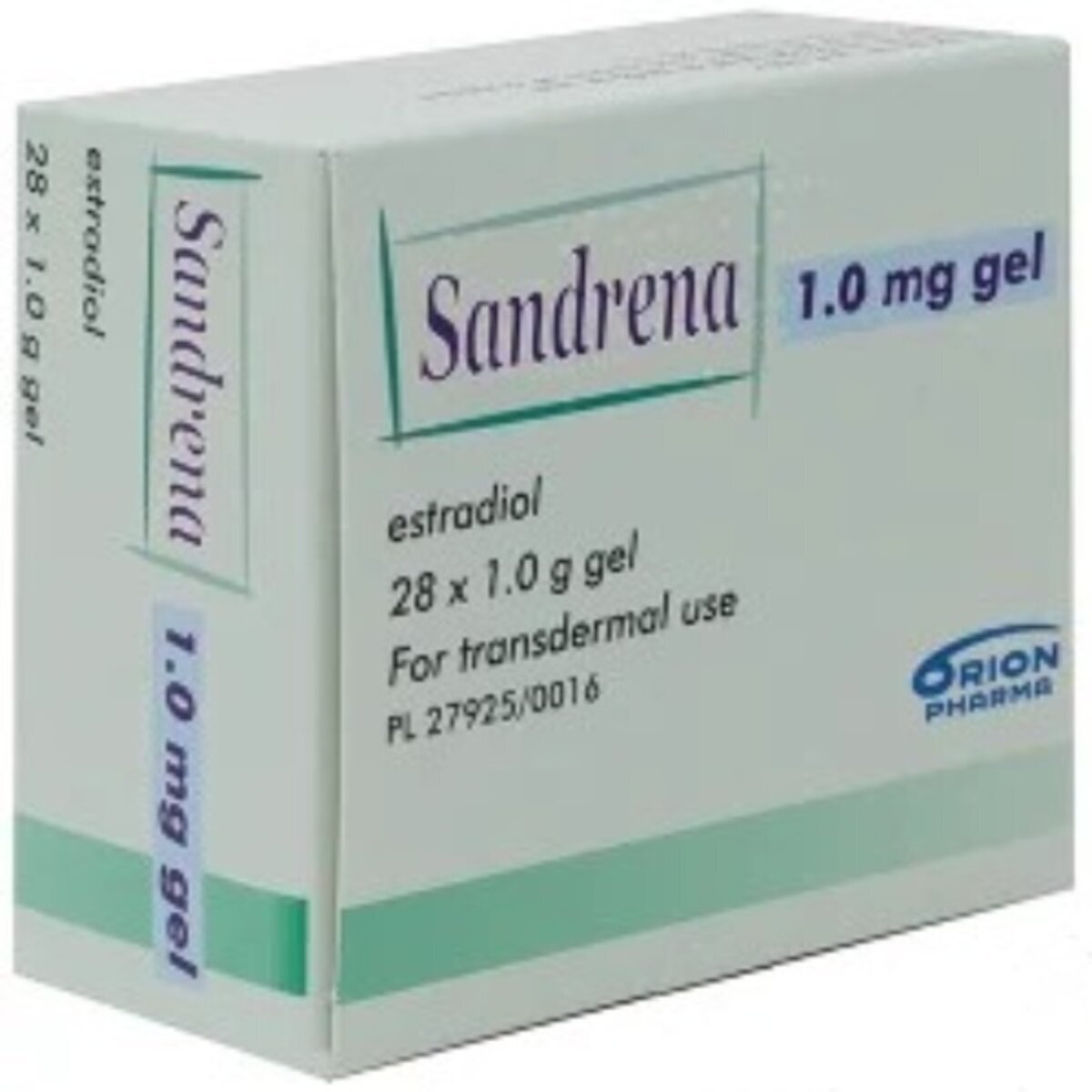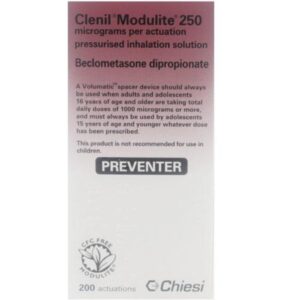Excessive thickening of the lining of the womb (endometrial hyperplasia) and cancer of the lining of the womb (endometrial cancer)
Taking oestrogen-only HRT will increase the risk of excessive thickening of the lining of the womb (endometrial hyperplasia) and cancer of the womb lining (endometrial cancer).
Taking a progestagen in addition to oestrogen for at least 12 days of each 28 day cycle protects you from this extra risk. So your doctor will prescribe a progestagen separately if you still have your womb. If you have had your womb removed (a hysterectomy), discuss with your doctor whether you can safely take this product without a progestagen.
In women who still have a womb and who are not taking HRT, on average, 5 in 1,000 will be diagnosed with endometrial cancer between the ages of 50 and 65.
For women aged 50 to 65 who still have a womb and who take oestrogen-only HRT, between 10 and 60 women in 1,000 will be diagnosed with endometrial cancer (i.e. between 5 and 55 extra cases), depending on the dose and for how long it is taken.
Unexpected bleeding
If your doctor has prescribed you progestagen tablets in addition to Sandrena, you will usually have a bleed once a month (so-called withdrawal bleed). But, if you have unexpected bleeding or drops of blood (spotting) besides your monthly bleeding, which:
- carries on for more than the first 6 months
- starts after you have been taking Sandrena more than 6 months
- carries on after you have stopped using Sandrena
see your doctor as soon as possible.
Breast cancer
Evidence suggests that taking combined oestrogen-progestagen and possibly also oestrogen-only HRT increases the risk of breast cancer. The extra risk depends on how long you take HRT.
The additional risk becomes clear within a few years. However, it returns to normal within a few years (at most 5) after stopping treatment.
For women who have had their womb removed and who are using oestrogen-only HRT for 5 years, little or no increase in breast cancer risk is shown.
Compare
Women aged 50 to 79 who are not taking HRT, on average, 9 to 17 in 1,000 will be diagnosed with breast cancer over a 5-year period. For women aged 50 to 79 who are taking oestrogen-progestagen HRT over 5 years, there will be 13 to 23 cases in 1,000 users (i.e. an extra 4 to 6 cases).
- Regularly check your breasts. See your doctor if you notice any changes such as:
- dimpling of the skin
- changes in the nipple
- any lumps you can see or feel
Additionally, you are advised to join mammography screening programs when offered to you. For mammogram screening, it is important that you inform the nurse/healthcare professional who is actually taking the x-ray that you use HRT, as this medication may increase the density of your breasts which may affect the outcome of the mammogram. Where the density of the breast is increased, mammography may not detect all lumps.
Ovarian cancer
Ovarian cancer is rare – much rarer than breast cancer. The use of oestrogen-only or combined oestrogen-progestagen HRT has been associated with a slightly increased risk of ovarian cancer.
The risk of ovarian cancer varies with age. For example, women aged 50 to 54 who are not taking HRT, about 2 women in 2,000 will be diagnosed with ovarian cancer over a 5-year period. For women who have been taking HRT for 5 years, there will be about 3 cases per 2,000 users (i.e. about 1 extra case).
Effects of HRT on heart and circulation
Blood clots in a vein (thrombosis)
The risk of blood clots in the veins is about 1.3 to 3 times higher in HRT users than in non-users, especially during the first year of taking it.
Blood clots can be serious, and if one travels to the lungs, it can cause chest pain, breathlessness, fainting or even death.
You are more likely to get a blood clot in your veins as you get older and if any of the following applies to you. Inform your doctor if any of these situations applies to you:
- you are unable to walk for a long time because of major surgery, injury or illness (see also section 3, If you need to have surgery)
- you are seriously overweight (BMI > 30 kg/m2)
- you have or have had any blood clotting problem that needs long-term treatment with a medicine used to prevent blood clots
- if any of your close relatives has ever had a blood clot in the leg, lung or another organ
- you have systemic lupus erythematosus (SLE)
- you have cancer.
For signs of a blood clot, see “Stop using Sandrena and see a doctor immediately”.
Compare
Looking at women in their 50s who are not taking HRT, on average, over a 5-year period, 4 to 7 in 1,000 would be expected to get a blood clot in a vein.
For women in their 50s who have been taking oestrogen-progestagen HRT for over 5 years, there will be 9 to 12 cases in 1,000 users (i.e. an extra 5 cases).
For women in their 50s who have had their womb removed and have been taking oestrogen-only HRT for over 5 years, there will be 5 to 8 cases in 1,000 users (i.e. 1 extra case).
Heart disease (heart attack)
There is no evidence that HRT will prevent a heart attack.
Women over the age of 60 years who use oestrogen-progestagen HRT are slightly more likely to develop heart disease than those not taking any HRT.
For women who have had their womb removed and are taking oestrogen-only therapy there is no increased risk of developing a heart disease.
Stroke
The risk of getting a stroke is about 1.5-times higher in HRT users than in non-users. The number of extra cases of stroke due to use of HRT will increase with age.
Compare
Looking at women in their 50s who are not taking HRT, on average, 8 in 1,000 would be expected to have a stroke over a 5-year period. For women in their 50s who are taking HRT, there will be 11 cases in 1,000 users, over 5 years (i.e. an extra 3 cases).
Other conditions
- HRT will not prevent memory loss. There is some evidence of a higher risk of memory loss in women who start using HRT after the age of 65. Speak to your doctor for advice.
- Women with a tendency to discoloration of the skin (chloasma) should minimise exposure to the sun or ultraviolet radiation whilst using Sandrena.
 +44 (0) 1375 846 316
+44 (0) 1375 846 316


Reviews
There are no reviews yet